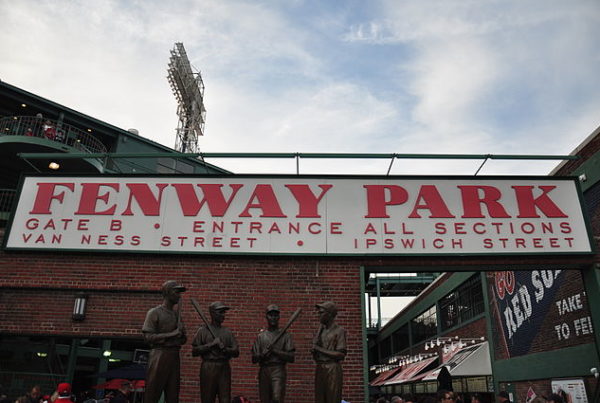After years and years of declines in crime, a sudden rise in rates of homicide. Almost all the major cities of Texas, mirroring a national trend. Of particular note, rates have risen in Houston – which saw a 25 percent increase in homicides in 2015 – as well as Fort Worth and Dallas.
Rick Rosenfeld, professor of criminology at the University of Missouri-St. Louis and author of a new report commissioned by the National Institutes of Justice, says 56 cities in the U.S. saw a 17 percent increase, with much of the bump coming from only ten cities.
“We’re looking at a very real increase,” he says, “and a quite abrupt increase (as well)… One has to go back twenty years or more to find increases of this magnitude in the large cities in the United States.”
What you’ll hear in this segment:
– What years had seen an increase over the past five decades similar to the increase in 2015
– How the top ten cities, which account for two-thirds of the total increase, differ from the other places on the list
– What the “Ferguson effect” is and how that could produce a rise in homicides
– How drug use, especially the heroin epidemic, could influence homicide rates















